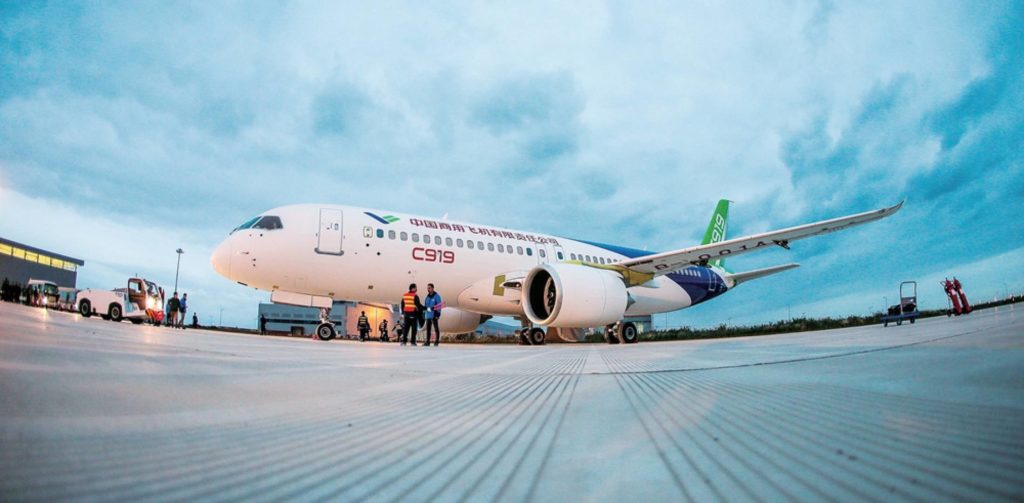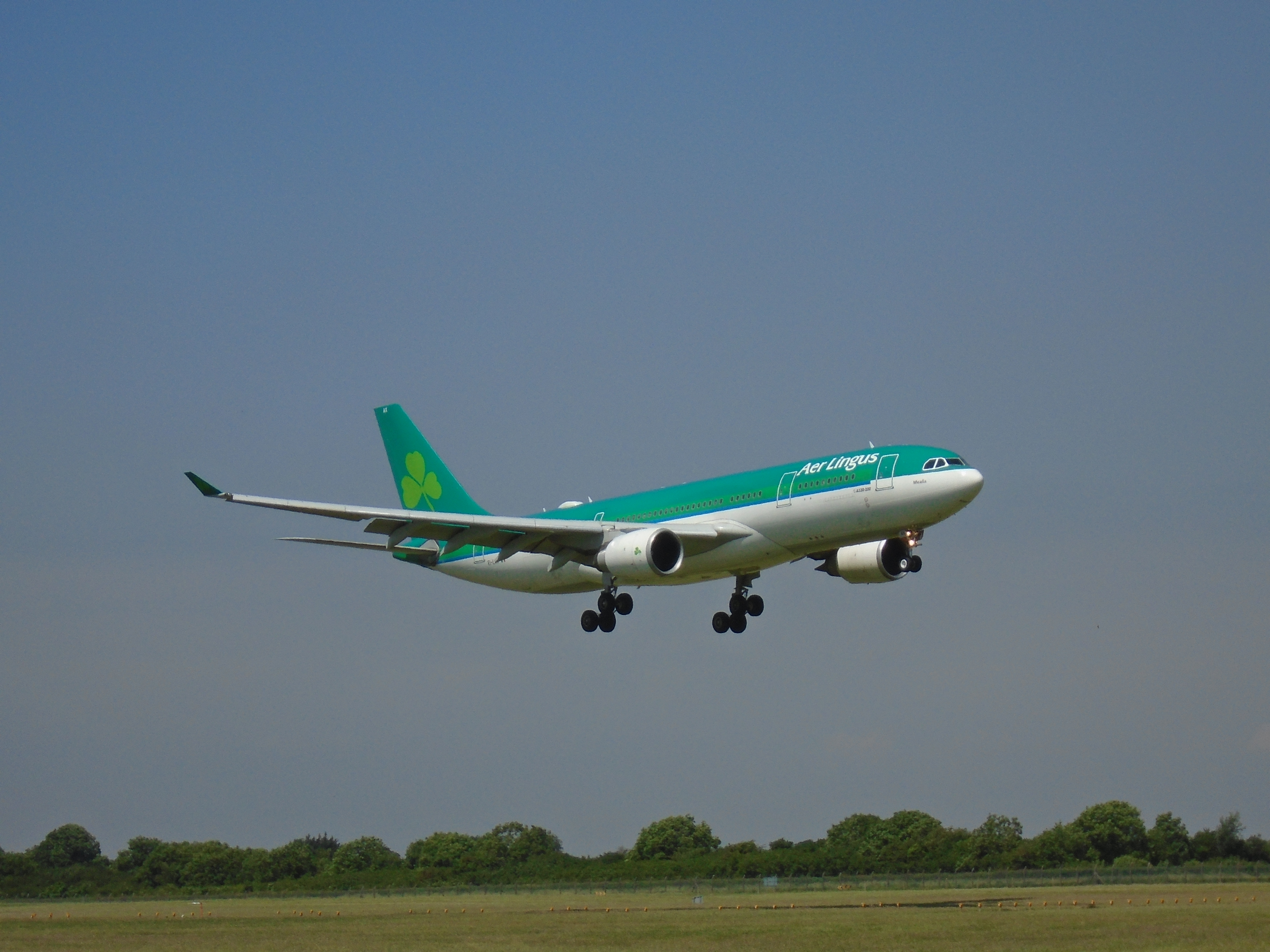




21 Aug 2025
Training vs Experience: Why the Next-Gen Aviation Workforce Needs Both
The aviation industry is at a turning point.
As retirements rise and fleet growth rebounds, the need for a new generation of skilled professionals has never been greater. But in today’s highly digitised, fast-moving aviation landscape, one question is quietly disrupting hiring, training, and workforce planning across the board:
Is formal training enough?
Or does capability in aviation demand something deeper — the kind of instinct and judgement that only real-world experience can build?
The Knowledge-Action Gap
Training gives people knowledge. But experience teaches people what to do with that knowledge when things don’t go as planned.
Take aircraft maintenance. A recent graduate may ace their CAMO modules, but:
- Have they ever worked around an aircraft on a tight turnaround?
- Do they know how to handle a missing component or unserviceable tool?
- Can they troubleshoot discrepancies in live records under pressure?
Similarly, a fresh leasing analyst might understand theoretical redelivery conditions but lack the situational awareness to spot early transition risks or ask the right questions during inspections.
That’s not a failure of training. It’s a reminder that aviation is a lived industry one where exposure, context, and on-the-job insight matter just as much as credentials.
Gen Z Is Highly Educated — But Underexposed
The next generation entering aviation is digitally fluent, environmentally conscious, and deeply ambitious. But many are underexposed to the operational complexity behind aviation’s polished exterior.
Why? Because:
- Many training programmes are still classroom-first, system-second
- Remote and simulator-based learning can't fully replicate field conditions
- COVID-era disruptions led to missed internships, mentorships, and shadowing opportunities
In essence, we’ve built a cohort that’s theoretically ready but practically untested.
Why That’s a Risk for the Whole Ecosystem
Without the right mix of training and experience, organisations risk:
- Longer onboarding timelines
- Higher error rates in documentation or decision-making
- Reduced adaptability when unexpected issues arise
- Gaps in judgement that only show up mid-project
From lessors and MROs to airlines and OEMs, this gap isn’t just an HR problem, it’s a potential operational liability.
Bridging the Divide: What Balanced Development Looks Like
At Acumen, we’ve worked with global clients to support both training and hands-on development and we’ve seen what works. A strong programme blends:
- Structured learning (certifications, digital tools, compliance refreshers)
- Rotational exposure across departments or roles
- Mentorships that encourage shadowing and question-asking
- Real projects with real accountability, guided by experienced leads
The key is to treat experience as part of learning, not something that "just happens over time."
Our Approach: Training with Context
At Acumen, we develop our people through:
- Internal upskilling aligned with technical standards and leasing expertise
- Cross-functional collaboration that builds broader exposure
- Mentorship by industry veterans across CAMO, technical services, and digital
- Active involvement in client projects early on with oversight, not isolation
We don't just train our teams, we grow their judgement, insight, and professional intuition.
Final Thought
In aviation, capability is more than what you know, it's what you’ve faced, solved, and learned to navigate under real-world conditions.
The next-gen workforce has the passion and potential. Now, it’s up to the industry to give them both the tools and the runway.
Because when training meets experience, true competence takes off.





